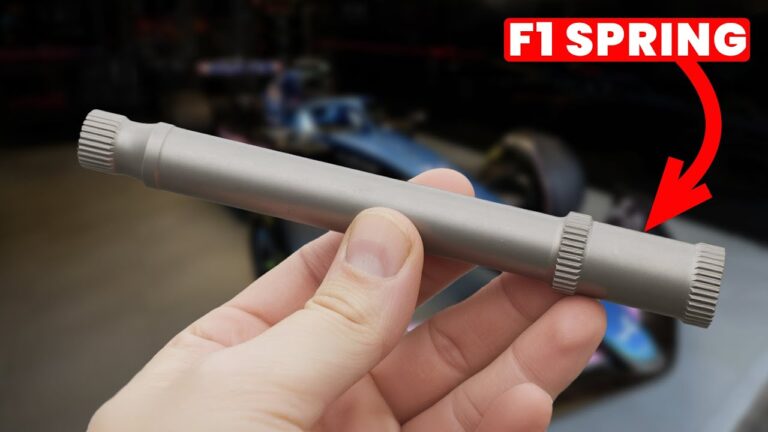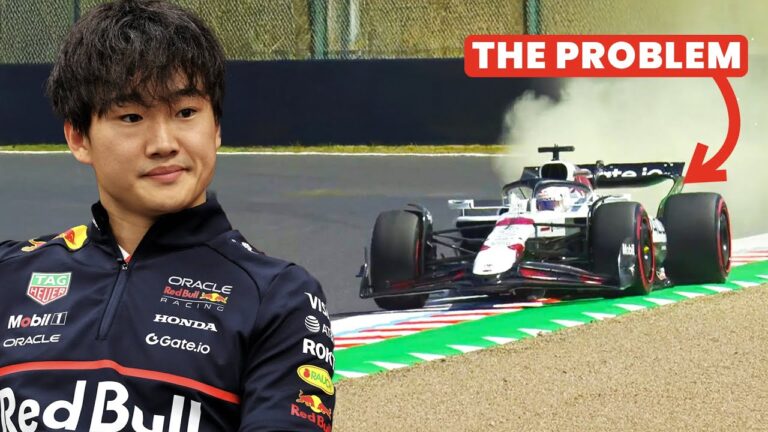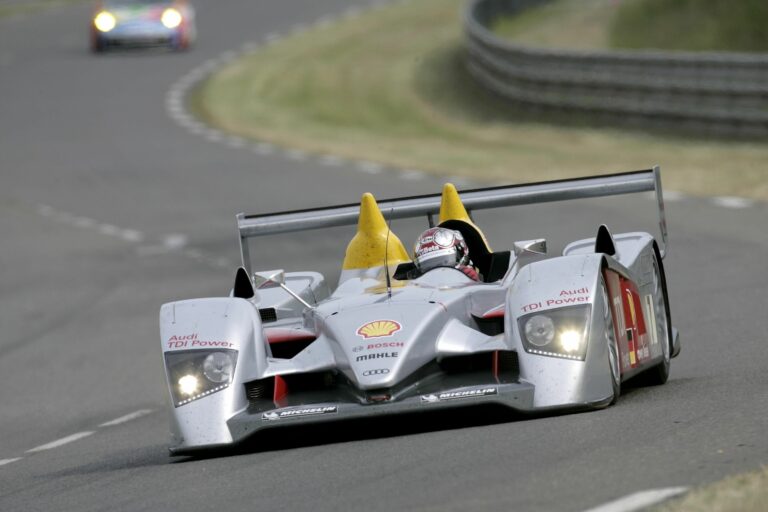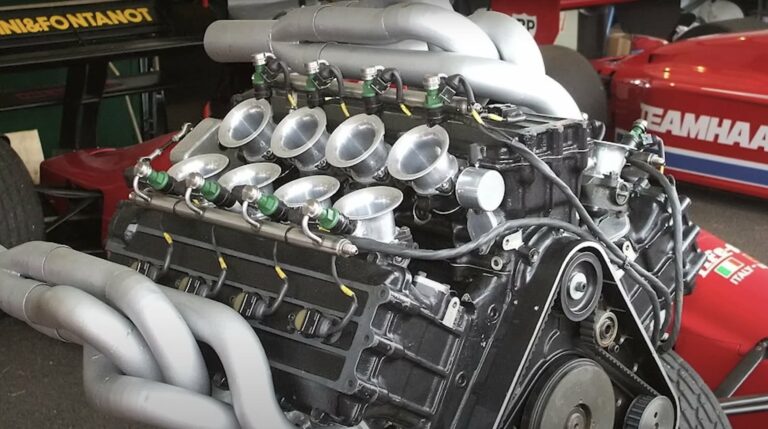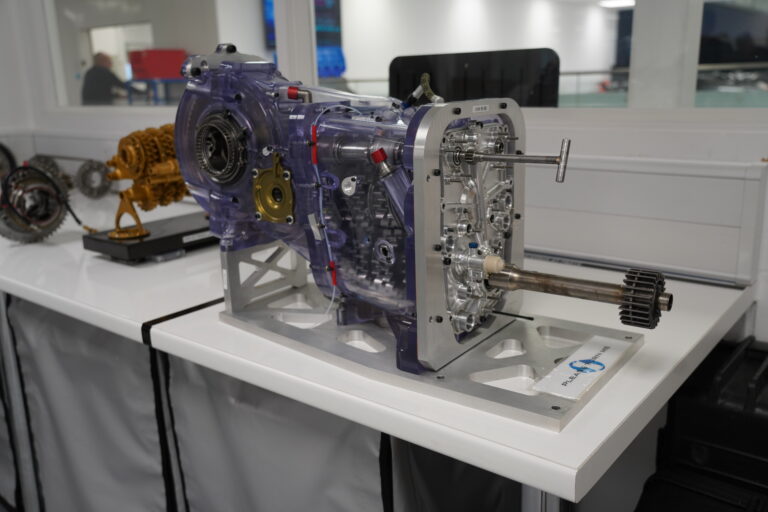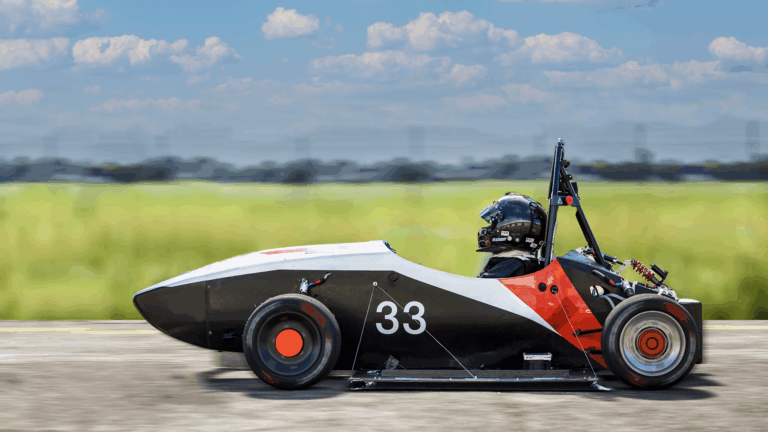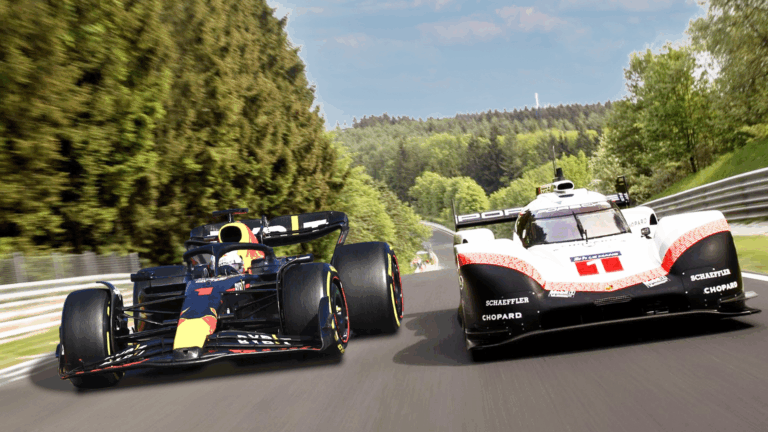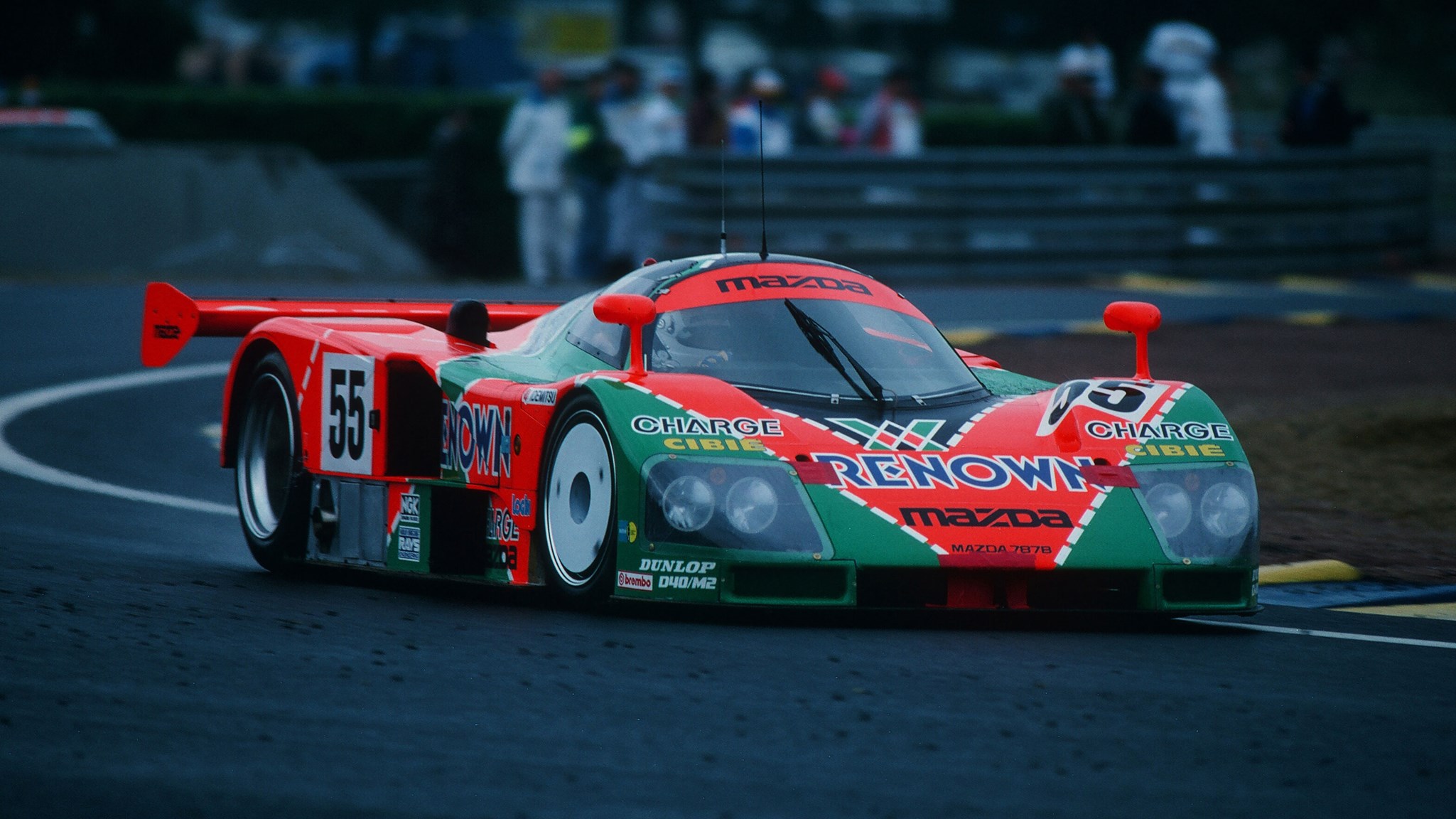
The Mazda 787B is not just a racing car; it’s a statement of engineering audacity. Competing at Le Mans in 1991 against giants like Mercedes and Jaguar, Mazda’s 787B was powered by the unique R26B rotary engine. This underdog story is one of technical innovation, efficiency, and iconic sound.
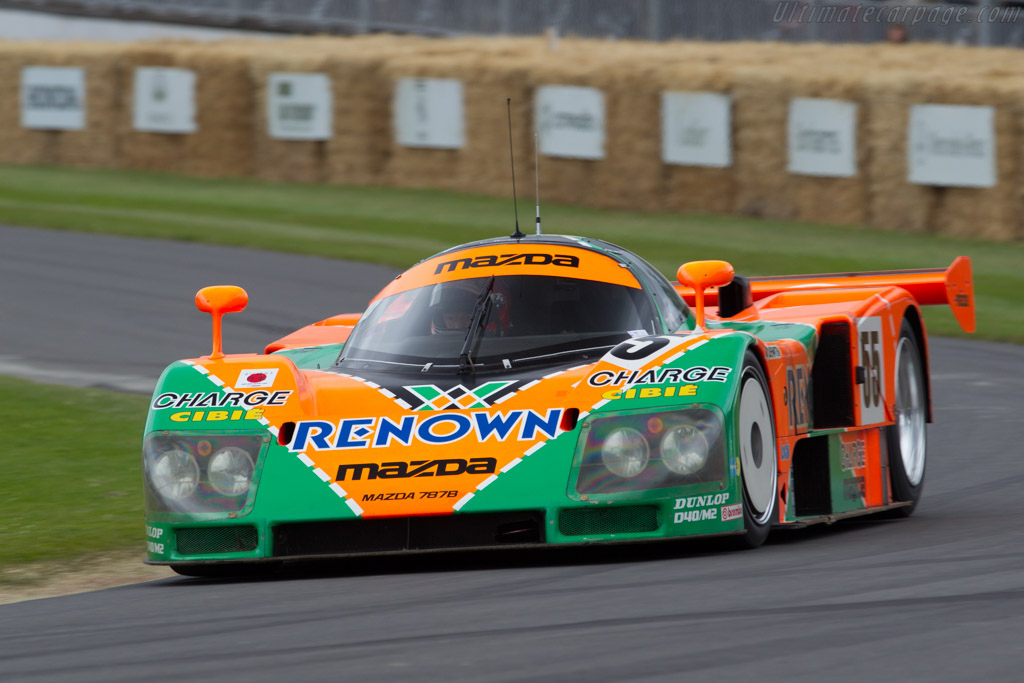
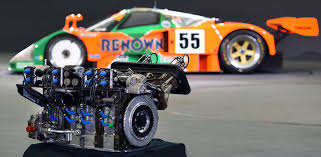
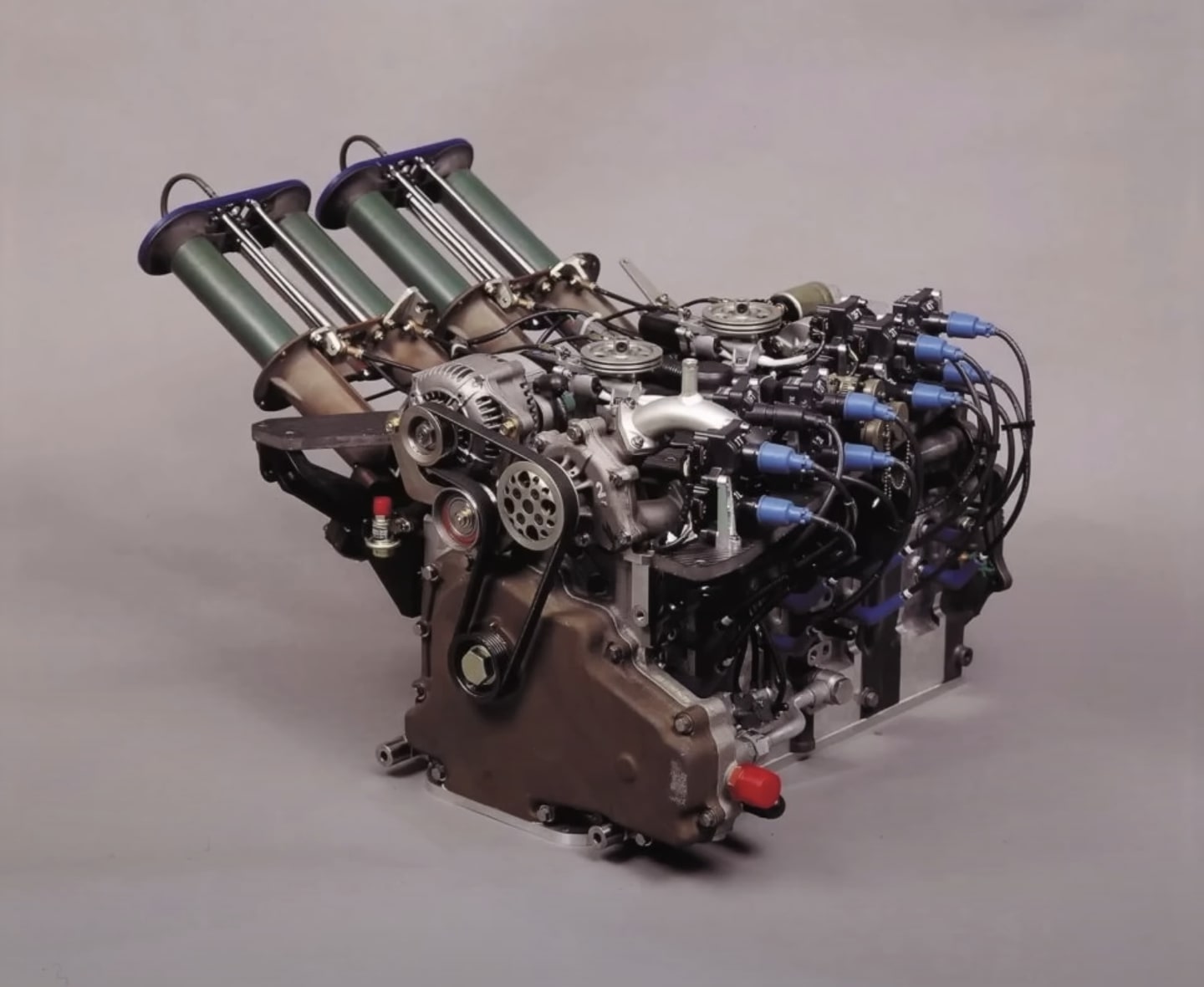
Why the Rotary Engine?
Mazda’s affinity for rotary engines is well-documented, with models like the RX-7 championing the design. Unlike traditional piston engines, the rotary engine uses a spinning rotor within an oval-shaped housing, creating three combustion chambers as it rotates. This design allows for three power strokes per rotation, significantly increasing power output compared to conventional engines of similar size.
The R26B, a four-rotor variant, was the beating heart of the 787B. Its compact design delivered an impressive 700 horsepower during the race, though it was capable of 900 horsepower in qualifying. This power came from innovations like variable-length intake trumpets and ceramic apex seals, which maximised efficiency and reliability.
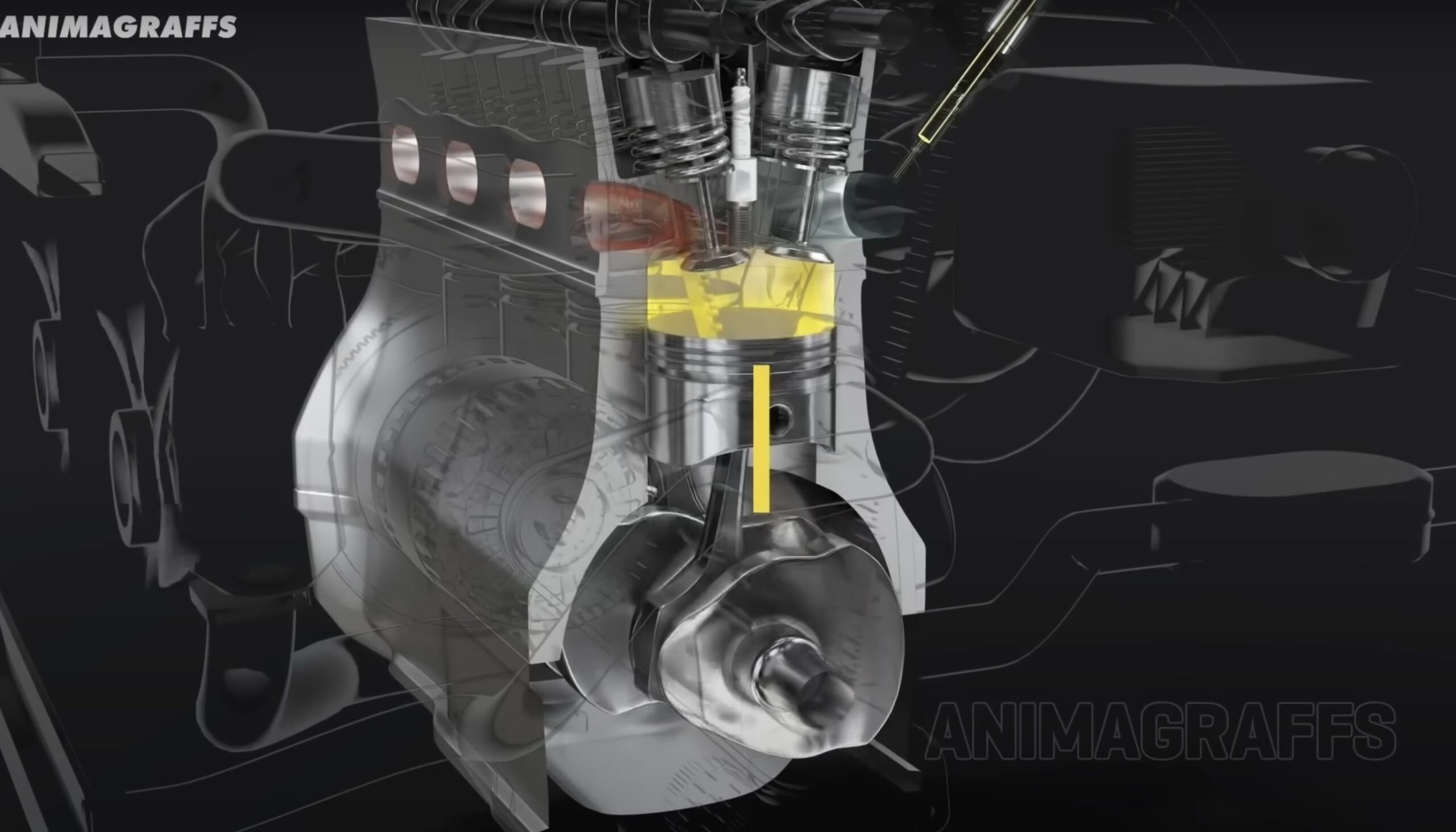
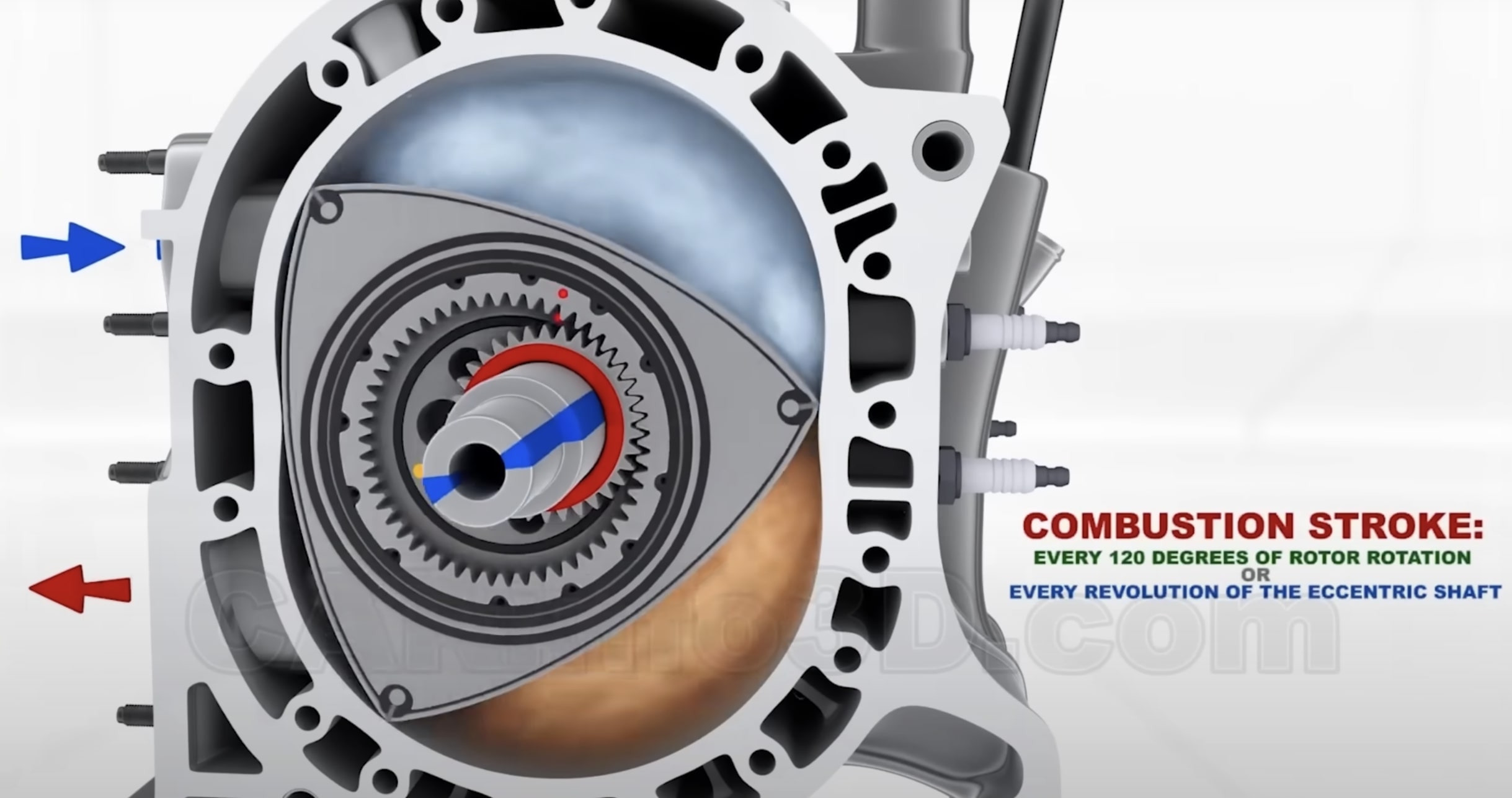
Engineering the Mazda 787B
Mazda’s engineers approached the 787B as a complete package. The carbon monocoque chassis was paired with a carbon-Kevlar body for lightweight durability. Weighing only 830 kilograms, it was significantly lighter than competitors like the Porsche 962C. This weight advantage, combined with carbon-ceramic brakes, allowed the 787B to excel in cornering and braking, particularly through the Porsche Curves.
The rotary engine’s inherent smoothness and high-revving nature (nearly 10,000 RPM) made the car not only fast but also easier to drive for extended stints. The drivers could confidently push the limits without excessive vibration or wear on components.
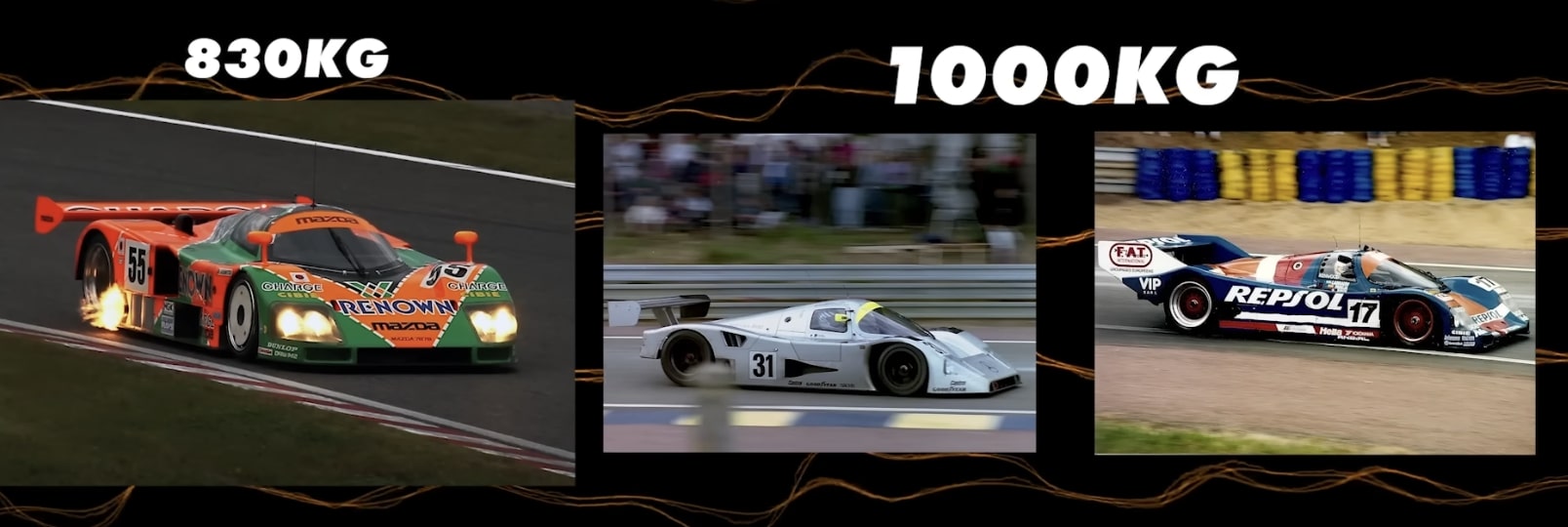
The Final Challenge: Le Mans 1991
By 1991, endurance racing was transitioning to 3.5-litre naturally aspirated engines, sidelining rotary designs for future seasons. Knowing it was their last chance, Mazda poured resources into perfecting the 787B. The car was outfitted with the iconic Renown livery, and a strong driver lineup—Volker Weidler, Bertrand Gachot, and Johnny Herbert—was assembled.
Despite qualifying 12th, Mazda focused on race strategy, leveraging the rotary engine’s exceptional fuel efficiency. The 787B could run longer stints between pit stops, saving critical minutes over 24 hours. Its reliability and pace allowed it to climb the ranks as competitors like Sauber-Mercedes faced mechanical failures.
With two hours left, the 787B took the lead. It crossed the finish line two laps ahead, becoming the first—and only—Japanese car to win Le Mans. Post-race inspections revealed the engine had lost just 2% of its power, highlighting the robustness of Mazda’s engineering.
Legacy of the 787B
The Mazda 787B’s triumph at Le Mans is a testament to the ingenuity of rotary engine technology. Its success proved that unconventional thinking could challenge traditional engineering paradigms. Though rotary engines faded from motorsport due to regulation changes, the 787B remains a symbol of what’s possible when passion and innovation intersect.




